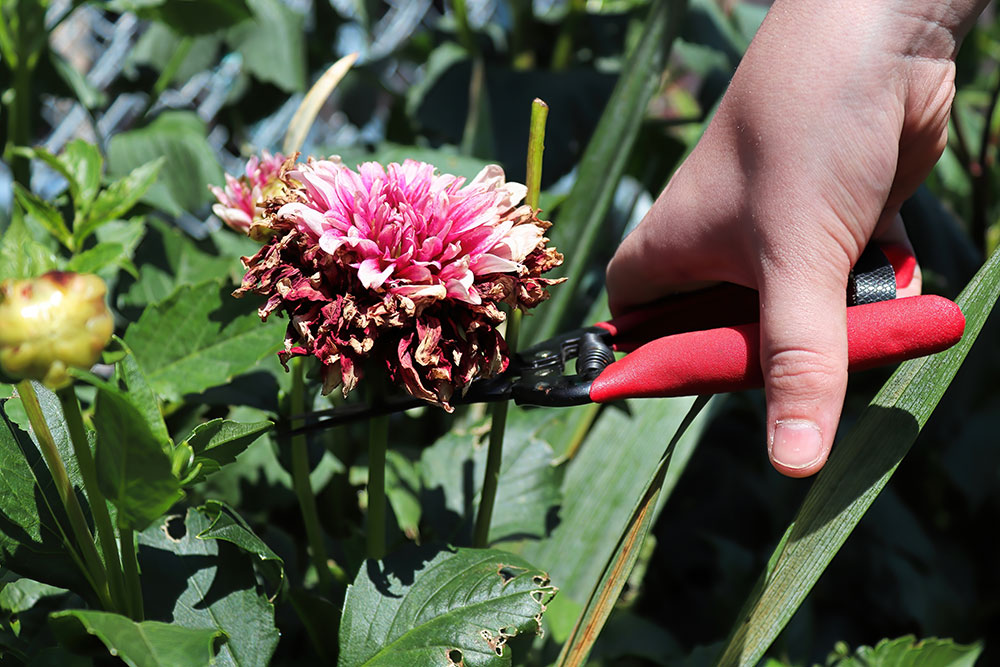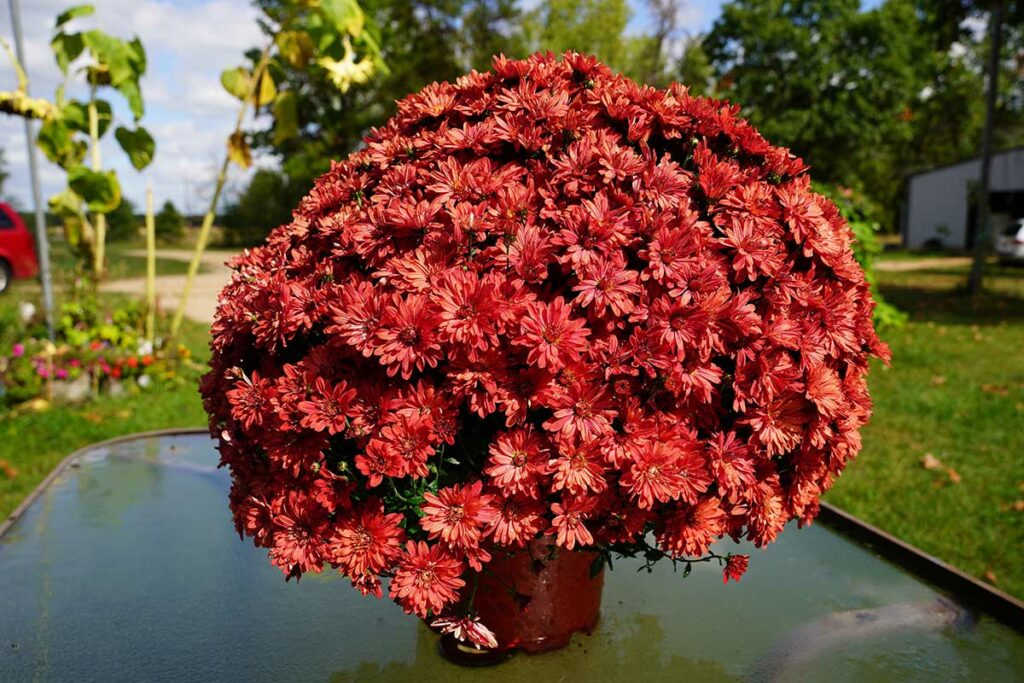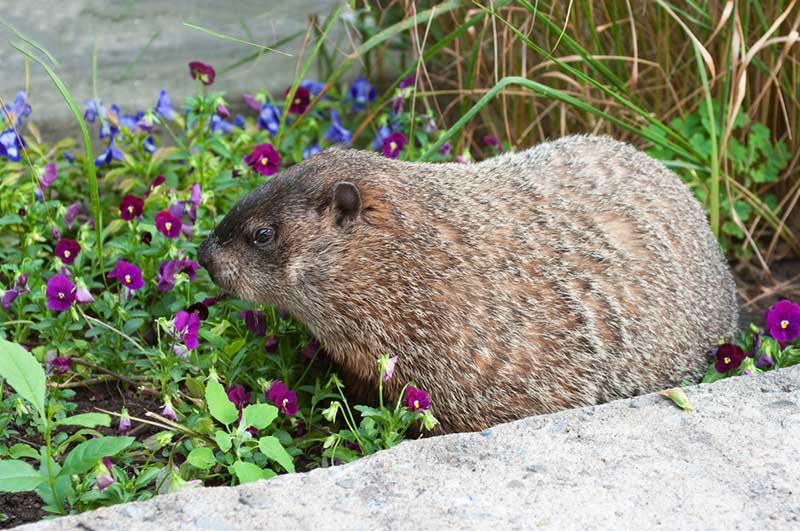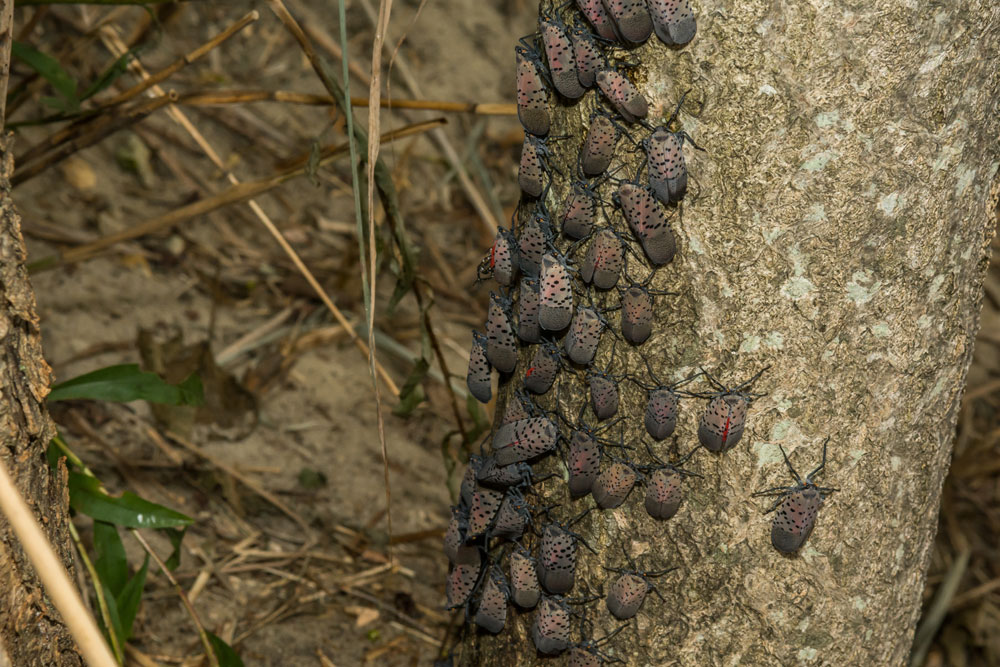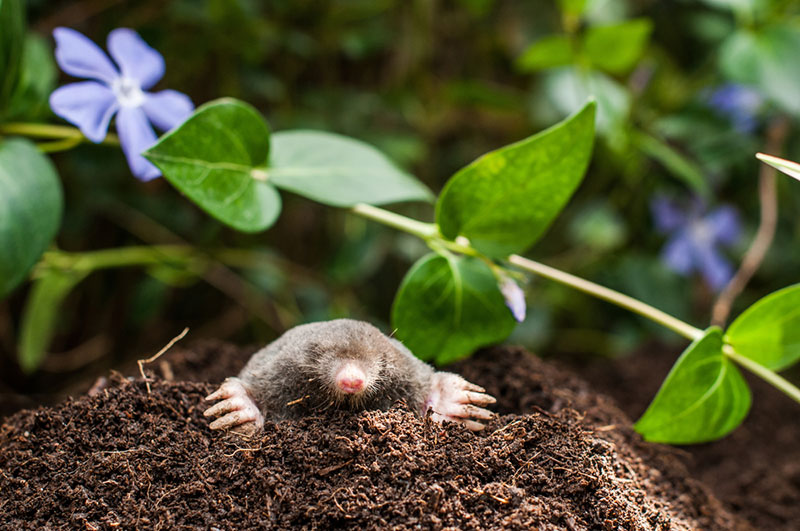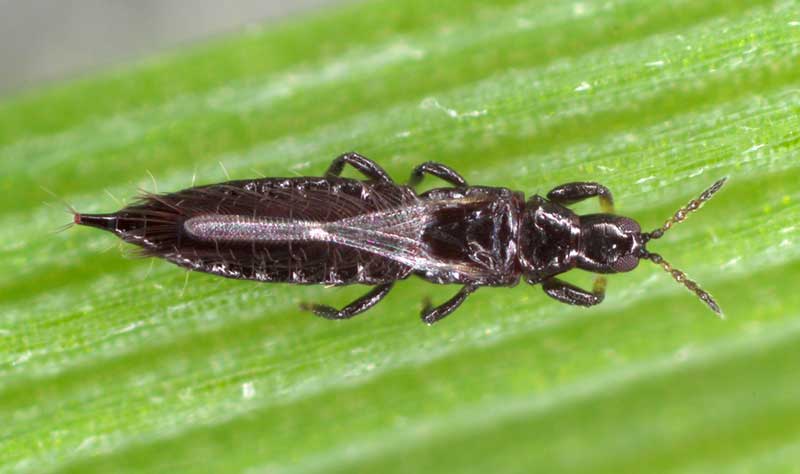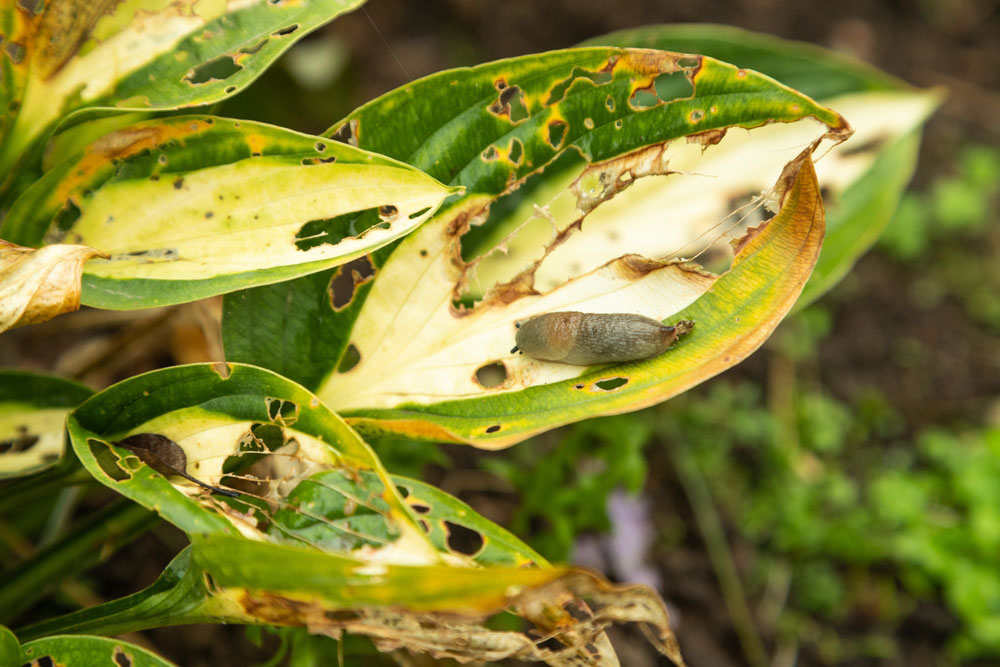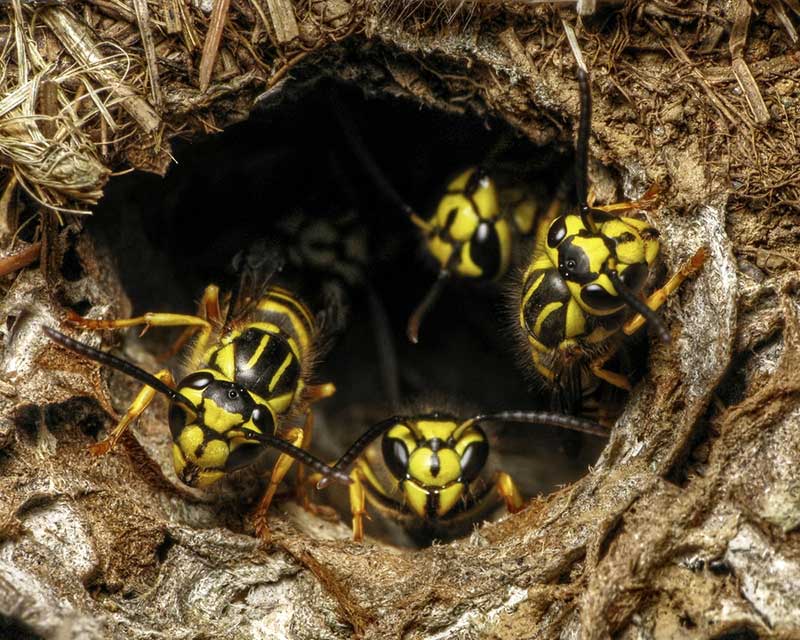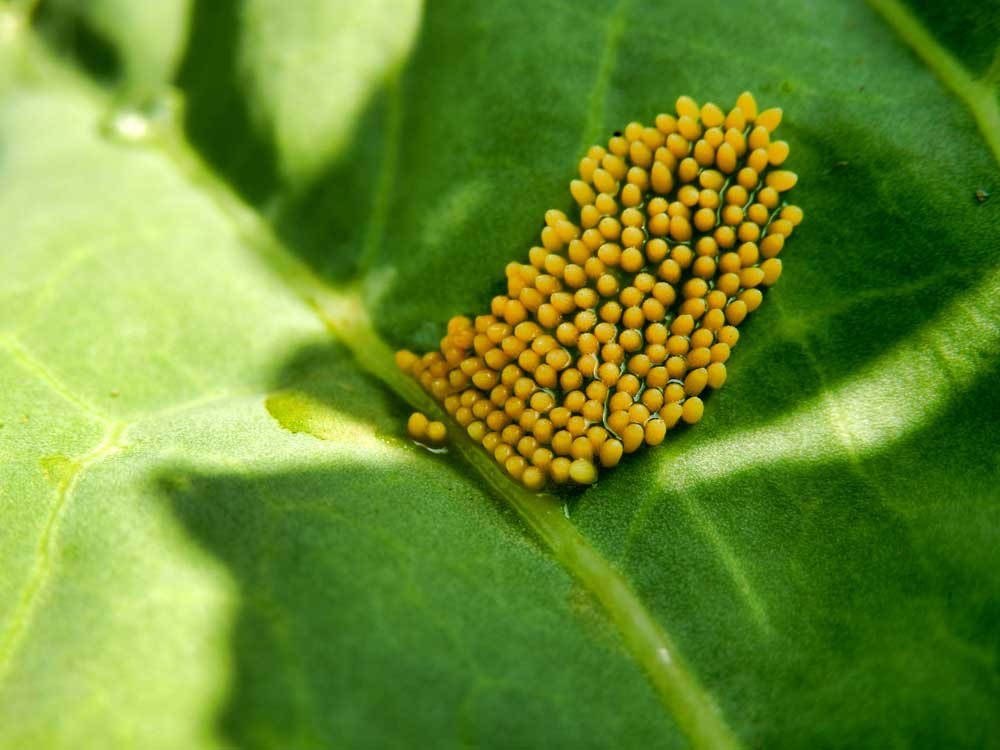
We all want to grow beautiful, healthy brassicas in our gardens, but there’s one tiny visitor that can quickly turn our dreams of perfect cabbages into a nightmare of holes and damaged leaves.
Today, we’ll go over everything you need to know about cabbage white butterfly eggs – how to spot them, why they’re a problem, and most importantly, how to deal with them effectively.
But What Are Cabbage White Butterfly Eggs, Exactly?
If you’re looking to protect your vegetable garden, understanding these small but mighty threats is essential. Cabbage white butterfly eggs are the starting point of what could become a serious pest problem.
These tiny, cream-colored eggs are laid by the Pieris rapae (Small Cabbage White) and Pieris brassicae (Large Cabbage White) butterflies, and while the adult butterflies might look innocent enough fluttering around your garden, their offspring can wreak havoc on your brassica crops.
The eggs themselves are quite small – typically about 1-2mm in length – and have a distinctive ridged, torpedo-like shape.
You’ll want to look for them on the undersides of leaves, where the female butterflies prefer to deposit them for protection.
How to Identify Cabbage White Butterfly Eggs

Let’s look at the key characteristics that will help you spot these eggs before they become a bigger problem:
Color and Appearance:
- Fresh eggs appear cream to pale yellow
- As they develop, they become more opaque and may show a slight orange tint
- The surface has fine vertical ridges running from top to bottom
- They’re elongated and slightly pointed at both ends
Location Preferences: You can typically find these eggs on the undersides of leaves, particularly on:
- Cabbage (Brassica oleracea)
- Broccoli (Brassica oleracea var. italica)
- Cauliflower (Brassica oleracea var. botrytis)
- Kale (Brassica oleracea var. acephala)
- Brussels sprouts (Brassica oleracea var. gemmifera)
- Radishes (Raphanus sativus)
- Turnips (Brassica rapa)
Laying Patterns: While Small Cabbage White butterflies typically lay single eggs, Large Cabbage White butterflies often lay their eggs in small clusters of 10-100 eggs. If you’re seeing groups of eggs together, you’re likely dealing with the Large Cabbage White species.
Why Should You Care About These Eggs?
Does finding a few tiny eggs really matter that much? In fact, it matters quite a bit! Each egg will hatch into a hungry caterpillar that can cause significant damage to your plants. The Small Cabbage White caterpillars tend to bore into the heart of cabbages, making them unmarketable and often inedible. The Large Cabbage White caterpillars, on the other hand, are voracious surface feeders that can completely defoliate plants.
And so, catching these eggs early is your best defense against a full-scale infestation. A single female butterfly can lay up to 200 eggs, so you can imagine how quickly a small problem can become a major headache!
Effective Control Methods
Let’s go over the most practical approaches to dealing with cabbage white butterfly eggs:
Physical Removal
Hand-picking is one of the most effective methods for small gardens. You’ll want to check your plants regularly – ideally every 2-3 days during peak laying season (late spring through early fall). Simply scrape the eggs off with your fingernail or a small tool. However, this method works best when you’re dealing with manageable numbers.
Row Covers and Barriers
If you’re looking to prevent egg-laying altogether, floating row covers made of fine mesh can be incredibly effective. Install them immediately after planting and remove them only when plants need pollination (though most brassicas don’t require pollination for the parts we eat).

Companion Planting
Try growing these natural deterrents nearby:
- Nasturtiums (Tropaeolum majus) – act as trap crops
- Marigolds (Tagetes species) – their strong scent may deter adult butterflies
- Aromatic herbs like thyme, rosemary, or sage – create a confusing scent landscape
Biological Controls
Beneficial insects can be your allies in this battle:
- Parasitic wasps (Cotesia species) naturally parasitize cabbage white eggs and larvae
- Encourage these beneficial insects by planting flowers like sweet alyssum, dill, and fennel nearby
Organic Sprays
For larger infestations, you can use:
- Bt (Bacillus thuringiensis) – specifically targets caterpillars and is safe for beneficial insects
- Neem oil – disrupts the insect’s life cycle when applied to eggs and young larvae
When to Take Action
Early Detection Timeline:
- Spring: Begin monitoring as soon as temperatures consistently reach 60°F (15°C)
- Peak Season: Check plants every 2-3 days from late spring through early fall
- Fall: Continue monitoring until first hard frost
Remember, while prevention is ideal, don’t panic if you find eggs. These butterflies have multiple generations per year, so consistent monitoring and control efforts will gradually reduce populations over time.
FAQ: Common Questions About Cabbage White Butterfly Eggs
Q: How long do the eggs take to hatch? A: Typically 4-8 days, depending on temperature. Warmer weather speeds up development.
Q: Are these eggs harmful to touch? A: Not at all! They’re perfectly safe to handle, and physical removal won’t harm you.
Q: Can I prevent butterflies from laying eggs in the first place? A: Yes! Row covers are the most effective prevention method, followed by companion planting with deterrent plants.
Q: What if I miss some eggs and they hatch? A: Don’t worry – young caterpillars are much easier to spot and remove than eggs, and they’re still small enough that damage will be minimal if you catch them quickly.
Q: Are there any beneficial aspects to these butterflies? A: While the larvae are problematic for brassicas, adult butterflies do provide some pollination services for other plants in your garden

